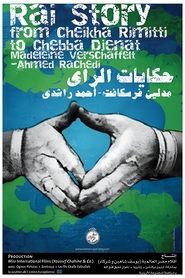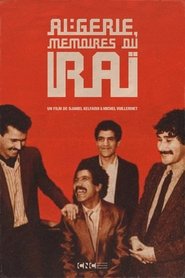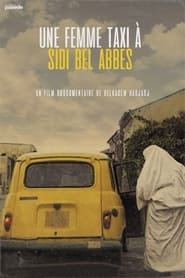detail profile messaoud bellemou

Messaoud Bellemou
مسعود بلمو
atau dikenal sebagai
Riwayat Hidup
Messaoud Bellemou (Arabic: مسعود بلمو) is an Algerian musician.
Born in 1947 in Aïn Témouchent, he greatly influenced modern raï from its beginnings.
Often nicknamed as the "father of modern raï", he first became known as a trumpeter, subsequently playing other instruments such as the saxophone, violin and accordion.
He is the one who made the connection between the ancestral gasba (the flute) and the trumpet, thus modernizing the traditional raï.
Messaoud Bellemou comes from a family of farmers.
At the age of 10, he played the bugle and joined the local brass band.
He often attends rural raï concerts - the traditional form of raï with flute, guellal and slender percussion - as well as performances by local stars like Cheikha Ouachma, Cheikha Bekhta and Cheikh Brahim.
At 18, Bellemou decided to play the raï by replacing the flute with the trumpet, a style that he honed with Belkacem Bouteldja.
From 1964 to 1968, he covered Oran blues tunes performed for centuries on a reed, making him the creator of the pop version of raï.
With his group, he played all over the country without meeting much success.
He recruited musicians like Hamani Hadjoum or Younés Benfissa, and together they made their first recording in 1973 in Oran at Zed el-Youm Edition: the 45 rpm Sidi H'bibi which was followed by others contains texts too licentious for the era.
In a village near Aïn Témouchent, Bellemou discovers Sghir Bouteïba, a singer with a full voice who then sings in an allusive way Ya moulat el-villa1.
In 1975, his troupe performed in the Biarritz nightclub on the Corniche Oranaise.
The trumpeter is then joined by Belkacem Bouteldja.
Until 1982, the raï of Bellemou attracted audiences from the west of Oran to its concerts.
Many artists were inspired by pop raï, notably Cheb Khaled and Cheb Mami, who popularized the genre.
Younger groups like Fanfaraï Big Band also count Bellemou among their inspirations.
Info Pribadi
Peran Yang Di Mainkan Messaoud Bellemou
 Ra Story is a musical journey...
Ra Story is a musical journey...Raï Story: From Cheikha Rimitti to Cheba Djenet 2004
Raï Story is a musical journey in search of the Raï legend, Cheikha Remitti, in Oran, Algeria, where the Raï musical tradition began. In 1923, the first Raï singers performed behind screens during ceremonies to protect their identity. It was only when the music of singer Cheikha Remitti began to gain popularity among the general public that Raï music was made public, in the 1940s. Cheikha Remitti, who lives between Paris and Oran, is nowhere to be found, the filmmakers then decide to meet producers, musicians, singers like Cheba Dalila or Cheba Djenet, for whom Remitti created a wake. The opportunity, through these unique stories, illustrated with archive images, to retrace the important place of women in this musical tradition and the transformation of Raï music from the 1960s to 2000.
 In the 1980s Algeria experienced a...
In the 1980s Algeria experienced a...Algeria, Memoirs of Raï 2001
In the 1980s, Algeria experienced a tumultuous social context which reached its peak during the riots of October 88. This wave of protest, with youth as its figurehead, echoed the texts of raï singers. Thirst for freedom, misery of life and the aspirations of youth are among the main themes of their works which will inspire an entire generation. More than music, raï celebrates the Arabic language and becomes a vector of Algerian culture, thus providing the cultural weapons of emerging Algerian nationalism With Cheb Khaled, Cheb Mami and Chaba Fadela as leaders of the movement, raï is also a way of telling and reflecting the essence of Algeria in these difficult times. While the threat weighs on artists in Algeria, their exile allows raï to be exported internationally and thus, to bring the colors of Algeria to life throughout the world.
 When her husband died Soumicha mother...
When her husband died Soumicha mother...A Female Cabby in Sidi Bel-Abbès 2000
When her husband died Soumicha, mother of three, had to earn a living. She became the only woman taxi driver in Sidi Bel-Abbès, Algeria. This film accompanies Soumicha around a city where religious and political violence rages, and records her experiences in a job normally reserved for men.
